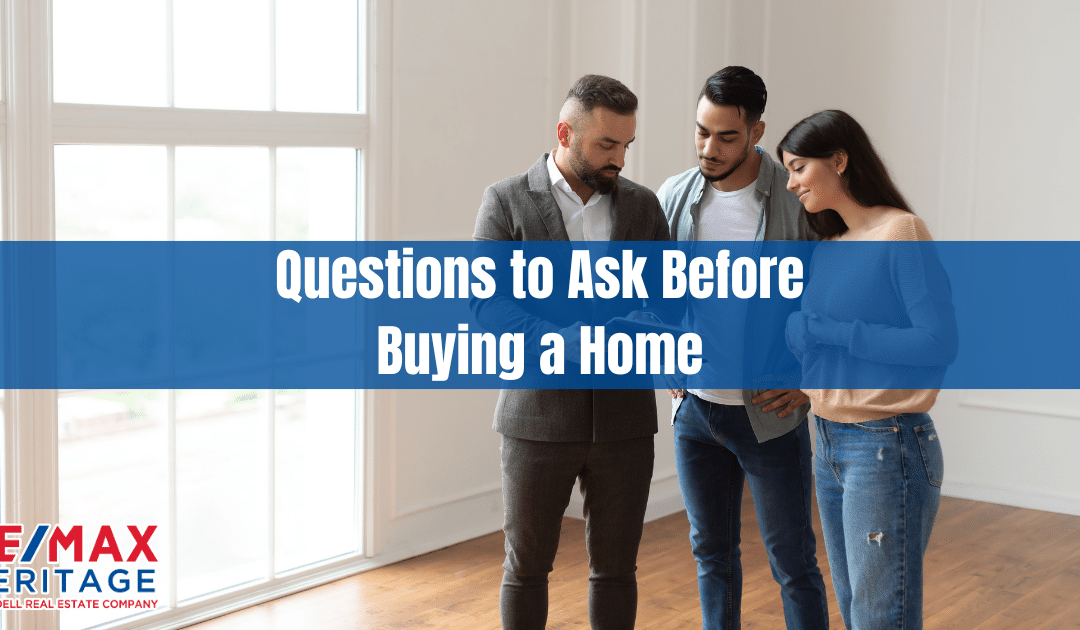
by Elsa Soto | Apr 11, 2023 | Blog, Buyers, Homeowners, Homes, Villas and Condos, News, Real Estate News
Questions to Ask Before Buying a Home Questions to Ask Before Buying a Home If you’re a first-time home buyer—and you spot the property that has everything you’ve ever dreamed of and more—it can be tempting to put pedal to the metal and close the deal as quickly as...

by Elsa Soto | Apr 5, 2023 | Blog, Homeowners, Homes, Villas and Condos, News, Real Estate News, Sellers
What Is a Quitclaim Deed What Is a Quitclaim Deed Quitclaim deeds and specific terms may come up if you’re transferring property between family members or spouses. If you are selling your home now, you may not remember that you signed and received a deed when...
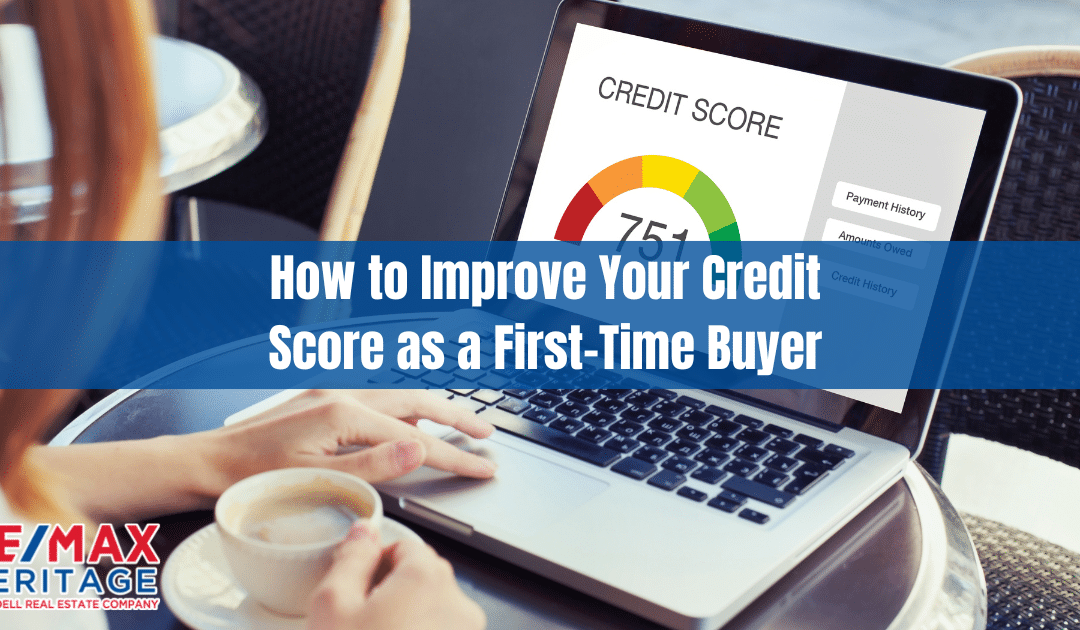
by Elsa Soto | Apr 4, 2023 | Blog, Buyers, Homeowners, News, Real Estate News
How to Improve Your Credit Score as a First-Time Buyer How to Improve Your Credit Score as a First-Time Buyer Wondering how to improve your credit score? Sure, it’s easy to fall in love with the idea of buying a home. You’ve got it all planned out: a five-bedroom home...
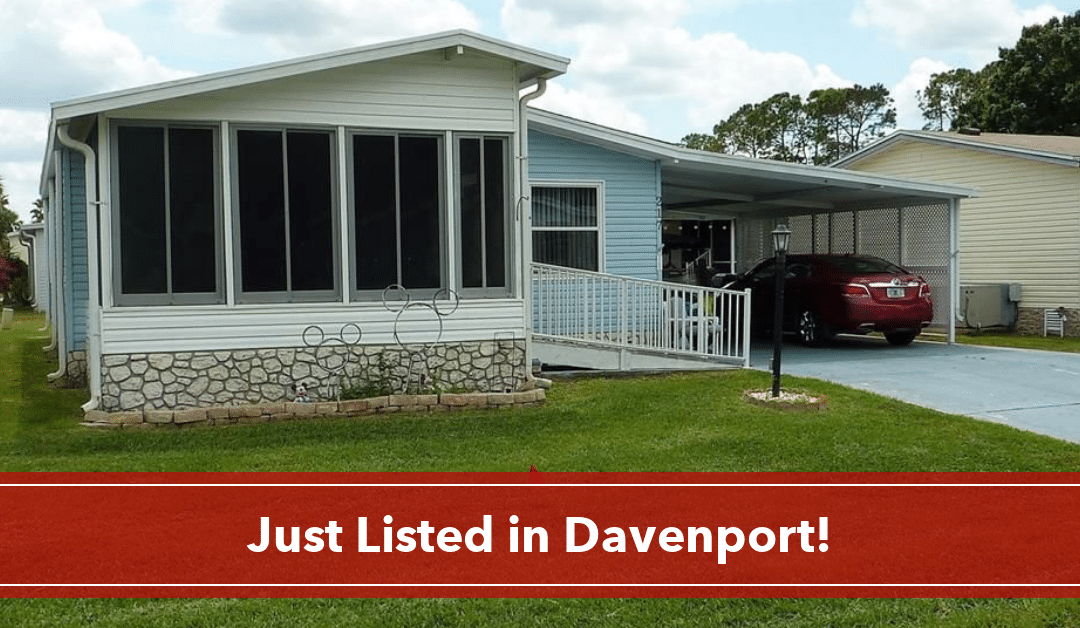
by Elsa Soto | Mar 30, 2023 | Blog, Buyers, Homeowners, Homes, Villas and Condos, New Listing, News, Property for Sale, Property for Sale in Orlando
Lovely PoloPark East Home Just Listed 217 Joanne Dr, Davenport, FL Click Here to Get Directions $169900 2bed – 2bath – 4626 sqft lot Photos | Maps & Local | Schools | Print Lovely 2 bed, 2 bath, mostly furnished home in the highly sought after...
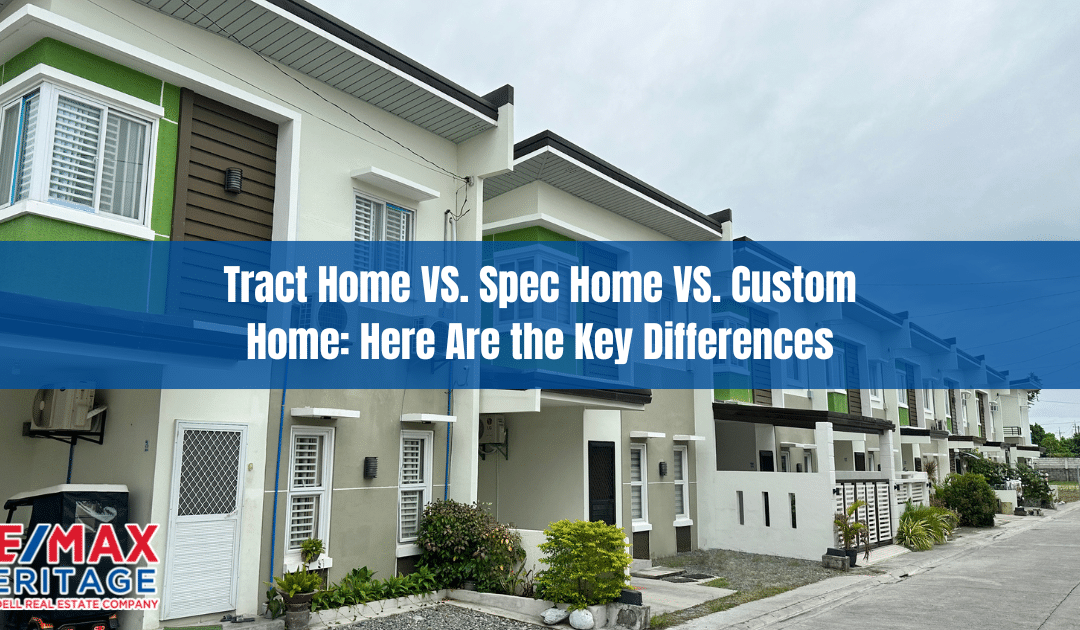
by Elsa Soto | Mar 28, 2023 | Blog, Buyers, Homeowners, News, Real Estate News
Tract Home VS. Spec Home VS. Custom Home Tract Home VS. Spec Home VS. Custom Home Buying a newly constructed home is exciting, but there are a lot of different options. Finding the right home style is important, whether it’s a custom-built house on a plot of...
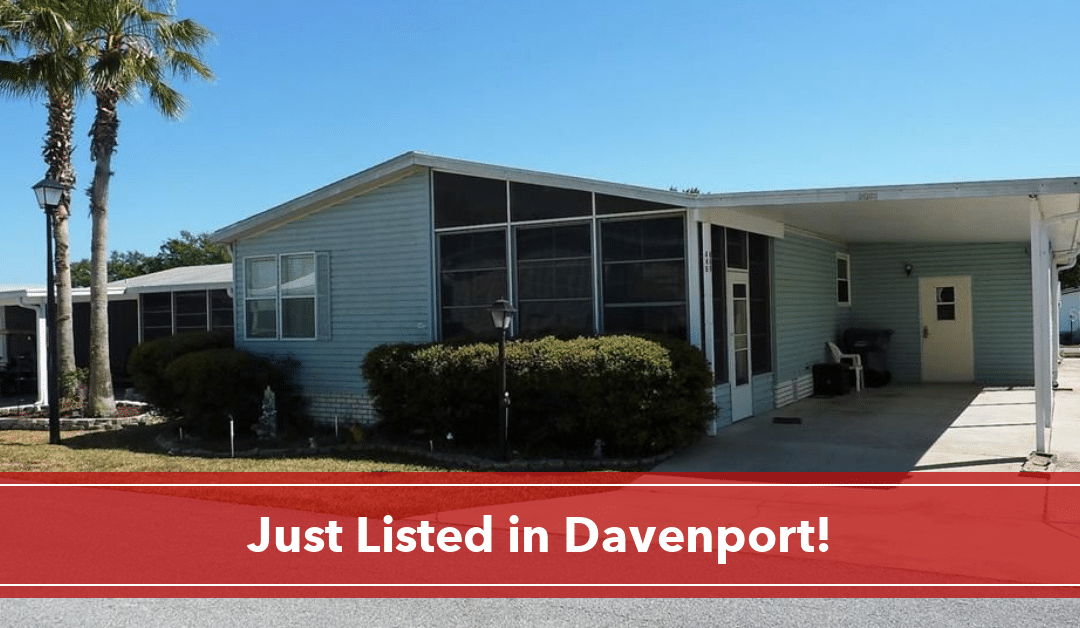
by Elsa Soto | Mar 28, 2023 | Blog, Buyers, Homeowners, Homes, Villas and Condos, New Listing, News, Property for Sale, Real Estate News
Spacious PoloPark East Home Just Listed 449 Dreama Dr, Davenport, FL Click Here to Get Directions $167000 2bed – 2bath – 4256 sqft lot Photos | Maps & Local | Schools | Print Spacious 1,342 sq.ft 2 bed, 2 bath home. The flowing open floor plan...








